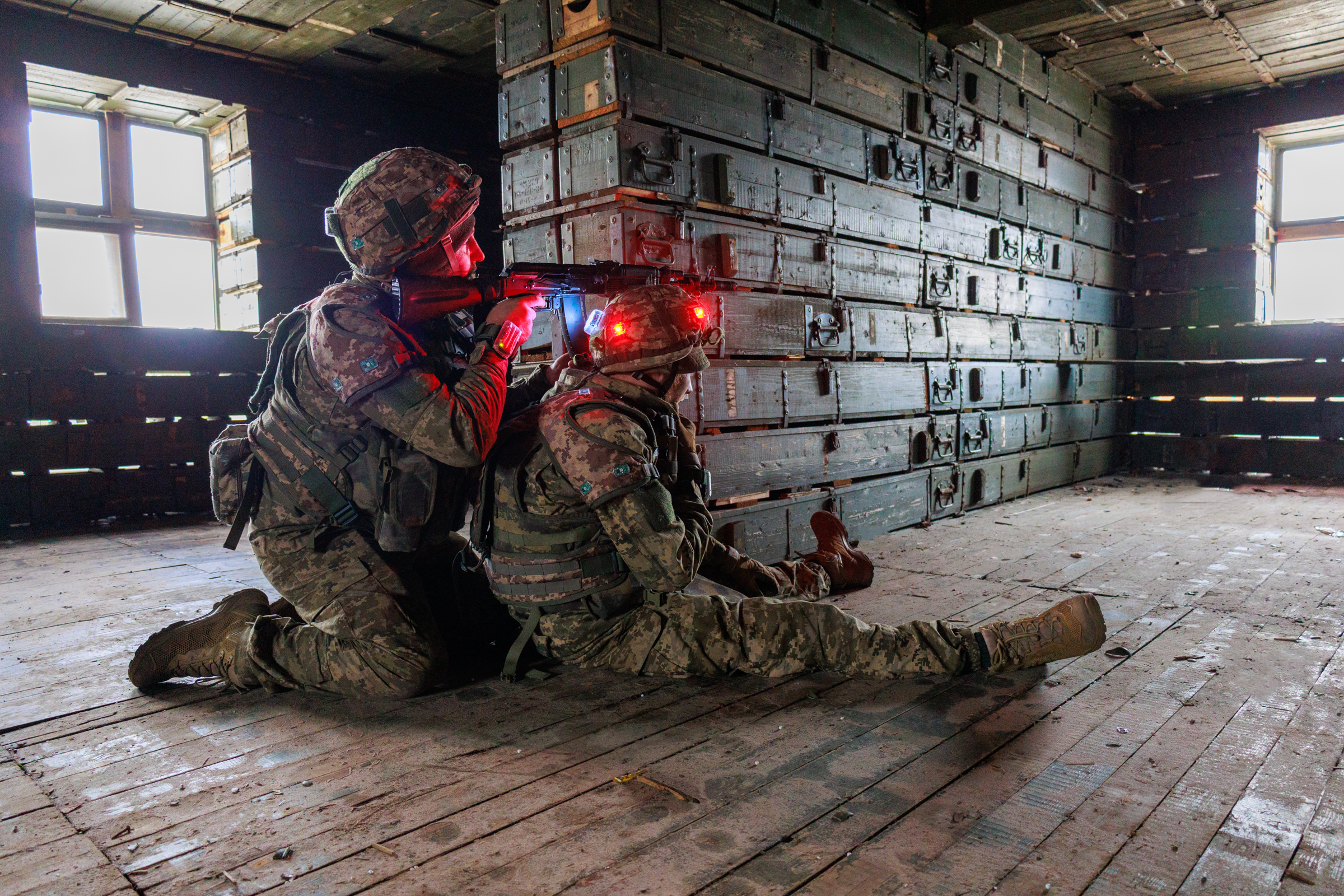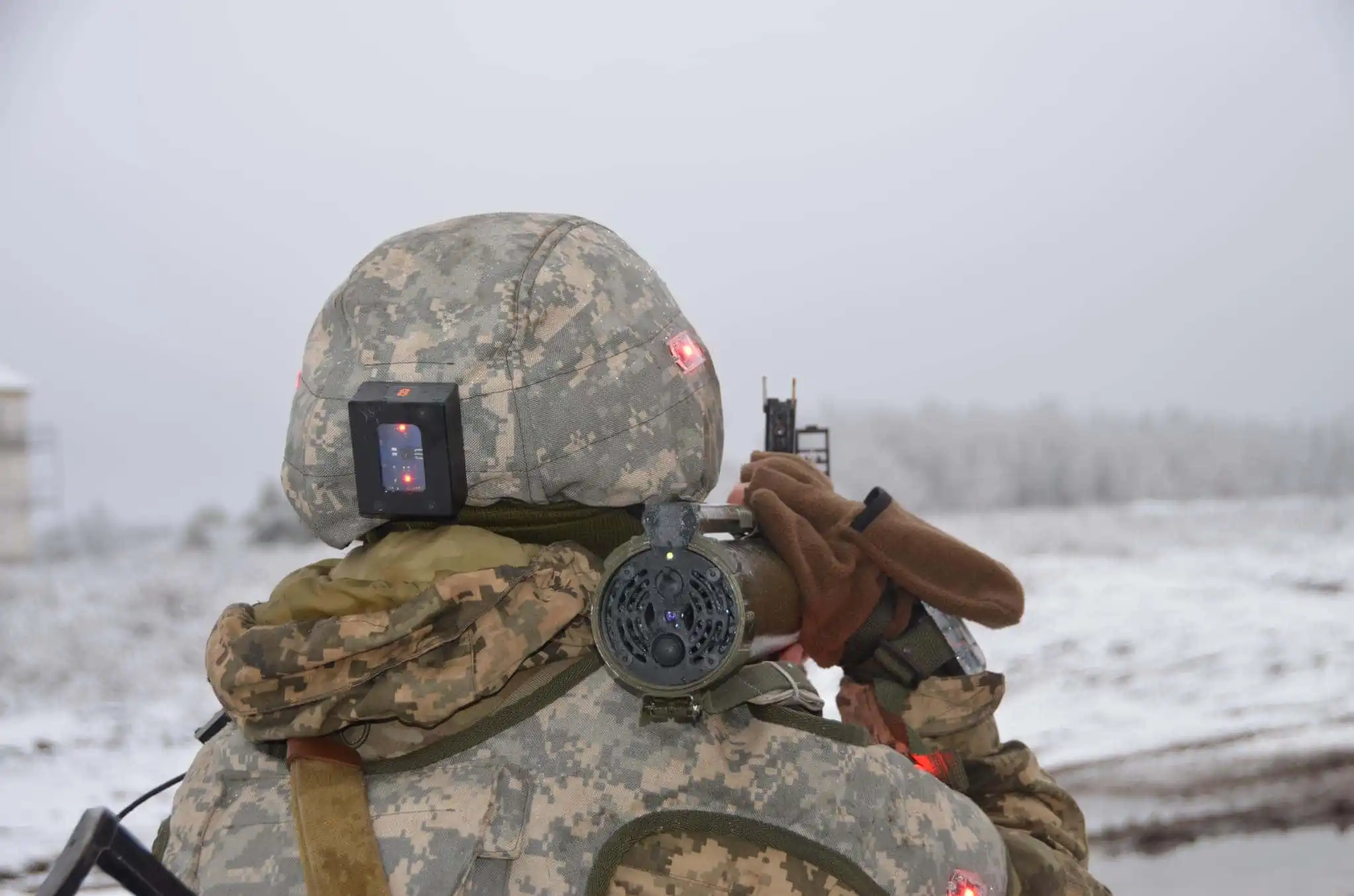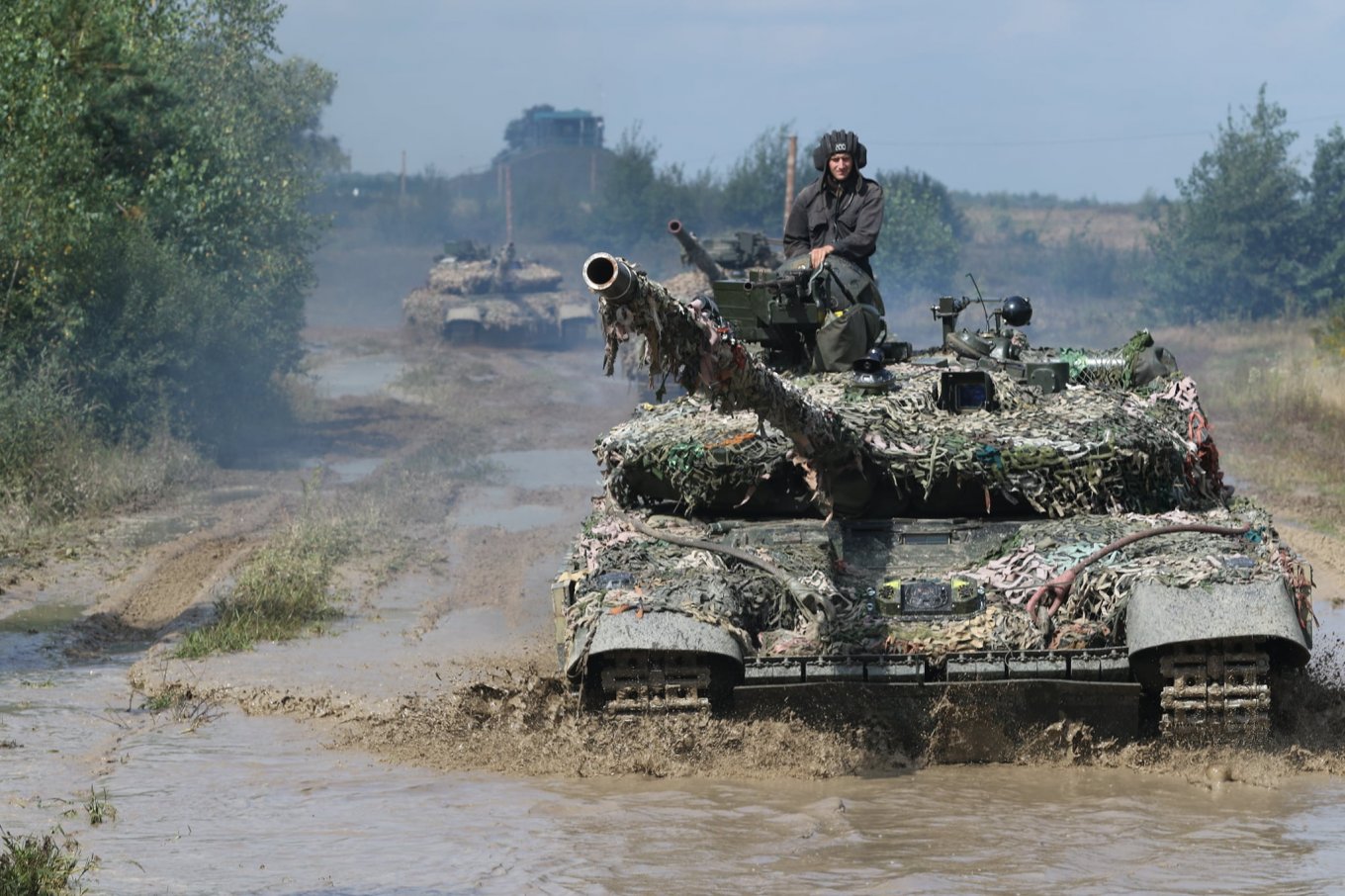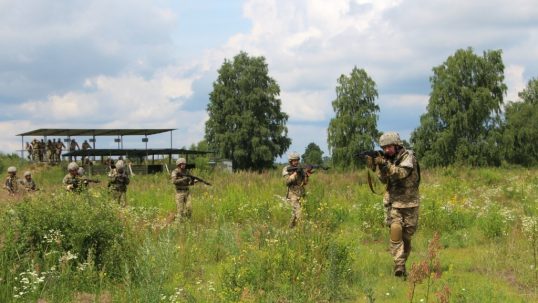
Tactical simulators have become an integral part of modern military training, allowing military personnel to acquire necessary skills and abilities in conditions closely resembling combat. However, the wide variety of tactical simulators can be confusing for military commanders and instructors. In this article, we will explore the classification of tactical simulators for military personnel and their key characteristics.
Classification by simulation type

Generally, tactical simulators are divided into two main types – virtual and physical.
Virtual simulators utilize computer graphics and modern software to create simulations of combat situations. They allow military personnel to train in conditions that are close to reality, using virtual weapons and equipment. The main advantage of such simulators is the simulation of various situations on the battlefield in any climatic conditions.
Physical simulators replicate the physical environment of combat situations, including special training grounds, models, and equipment. They provide military personnel with the opportunity to practice physical skills in handling weapons or equipment. The main advantage of such simulators is their maximum realism in usage.
Classification by functionality

Simulators are also classified based on their usage – shooting or tactical.
Shooting simulators focus on training shooting accuracy and firearm proficiency. They can simulate various shooting scenarios, including moving and stationary targets.
Tactical training simulators aim to train military personnel in the fundamentals of tactics in various weather and terrain conditions. They provide simulation of ambushes, attacks, defense, or any other military maneuvers in different climates and terrains.
Classification by target purpose

Simulators are also divided into individual and group types.
Individual simulators are designed for the individual training of military personnel to perform specific tasks in combat situations.
Group simulators are intended for collective training of military units, allowing them to interact as a unit and jointly perform tactical tasks.
By classifying tactical simulators according to various criteria, military personnel can make a more objective choice and use the necessary equipment to enhance their combat readiness.

